Why Australian Chilled Beef is the Superior Choice
Discover why Chilled Australian beef stands out as the superior choice for quality, safety and taste. Processed under strict hygiene standards, it is rapidly chilled and vacuum packed to prevent bacteria growth and preserve tenderness. Unlike frozen or local fresh beef, it offers exceptional texture and flavour without moisture loss. Experience the premium quality of Australian chilled beef cuts for an unparalleled culinary experience.
Chilled Australian Beef is processed in Australia under strict hygiene and integrity systems to produce safe and quality product and shipped to Vietnam under refrigerated conditions.
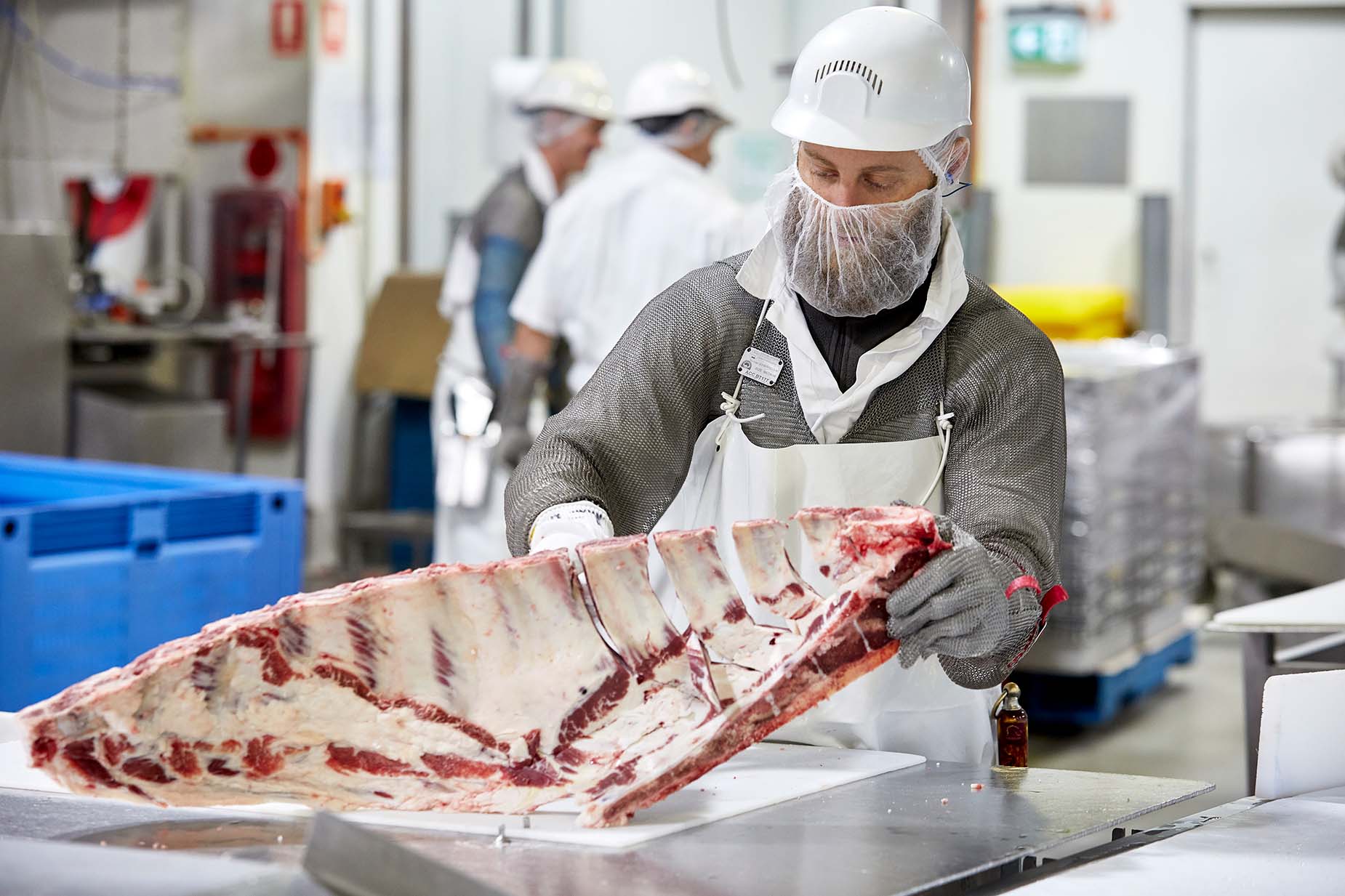
The product is chilled to a surface temperature below 7°C within 24 hours of slaughter. This is to reduce the risk of bacteria growth and maximise the shelf life, quality and safety of the product.
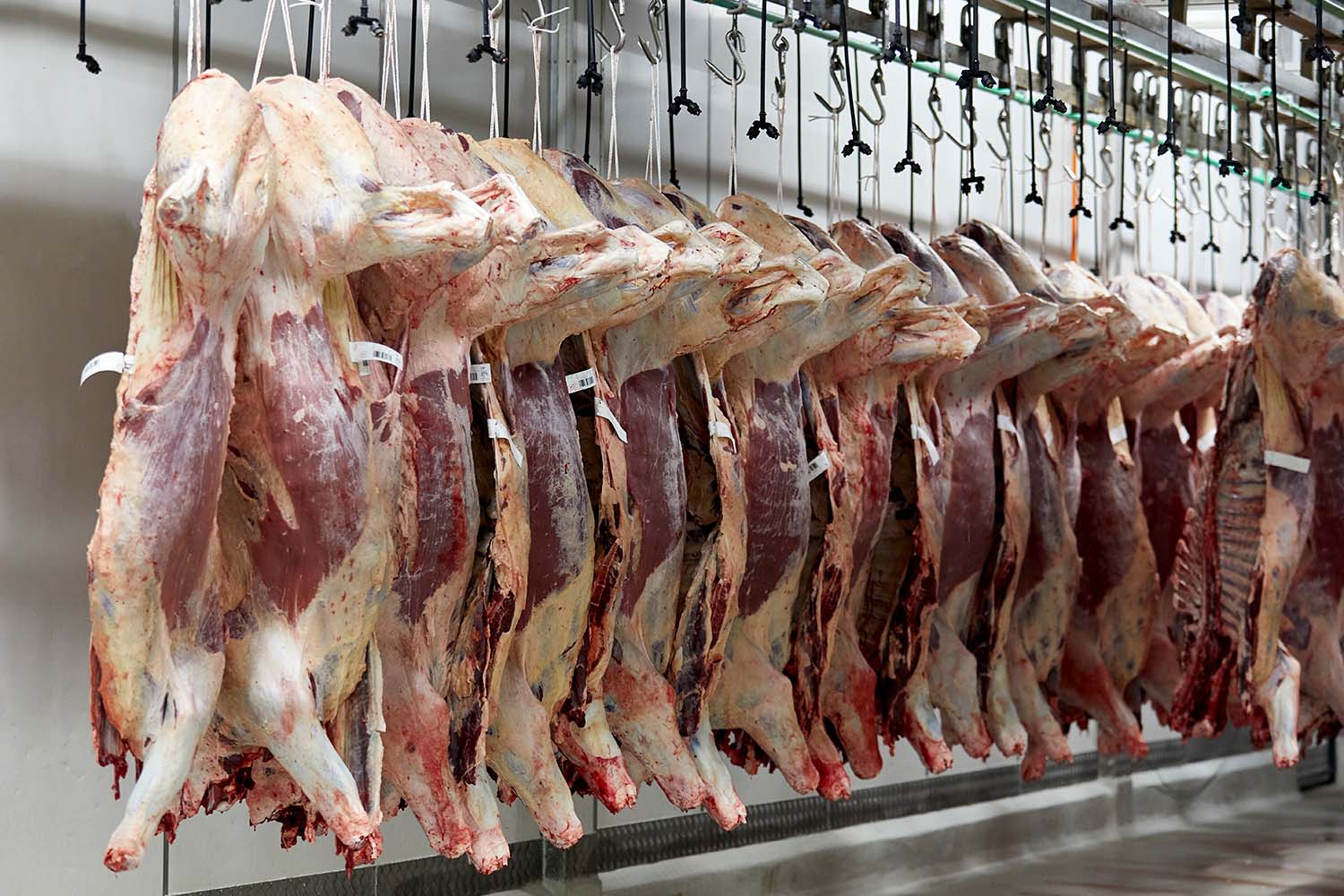
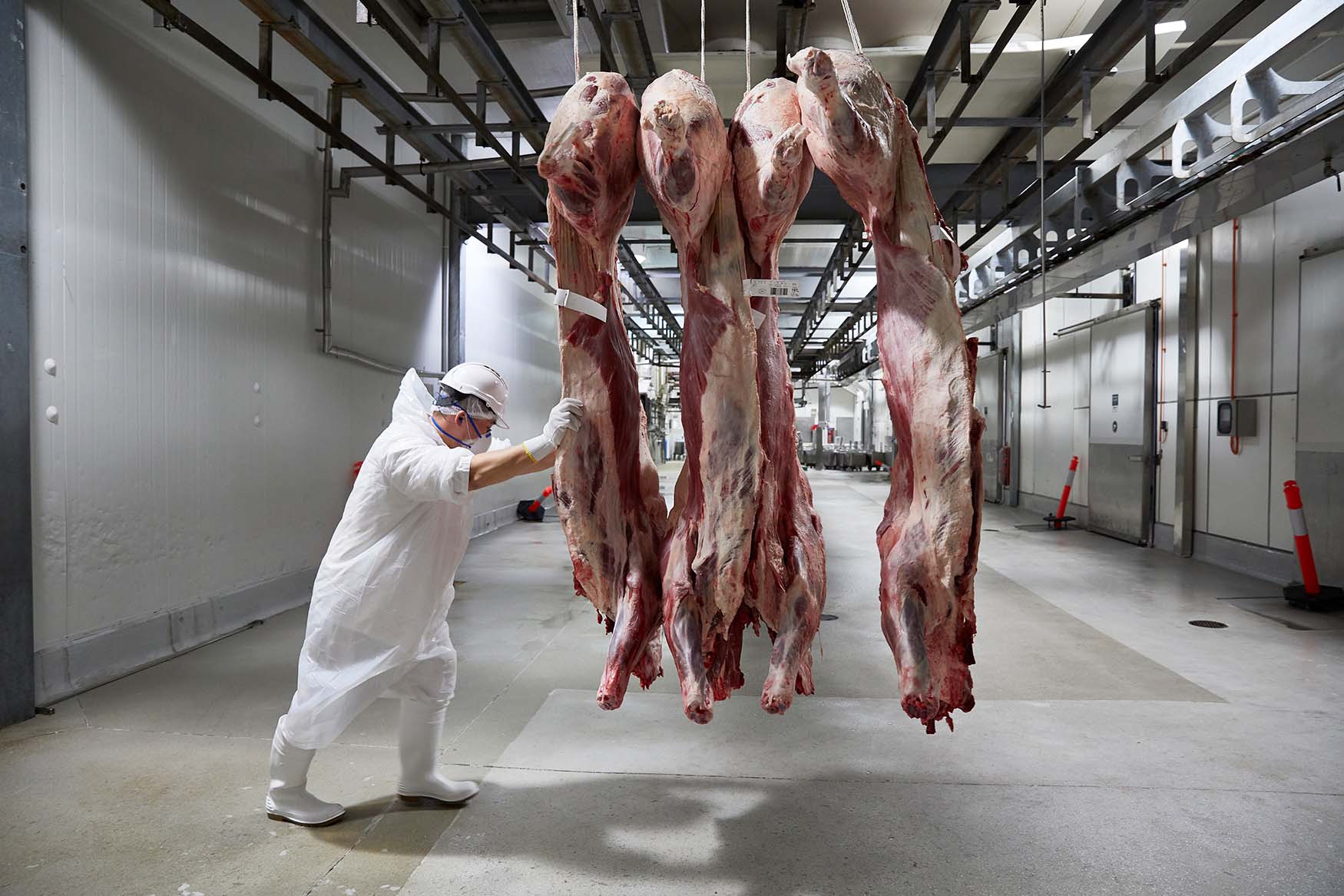
The product is then generally portioned into ‘primals’ and vacuum packaged. (Note: Some products are processed and packaged in different materials, for example in thermoform trays or utilising skin packaging for portion cut steaks or retail ready products).
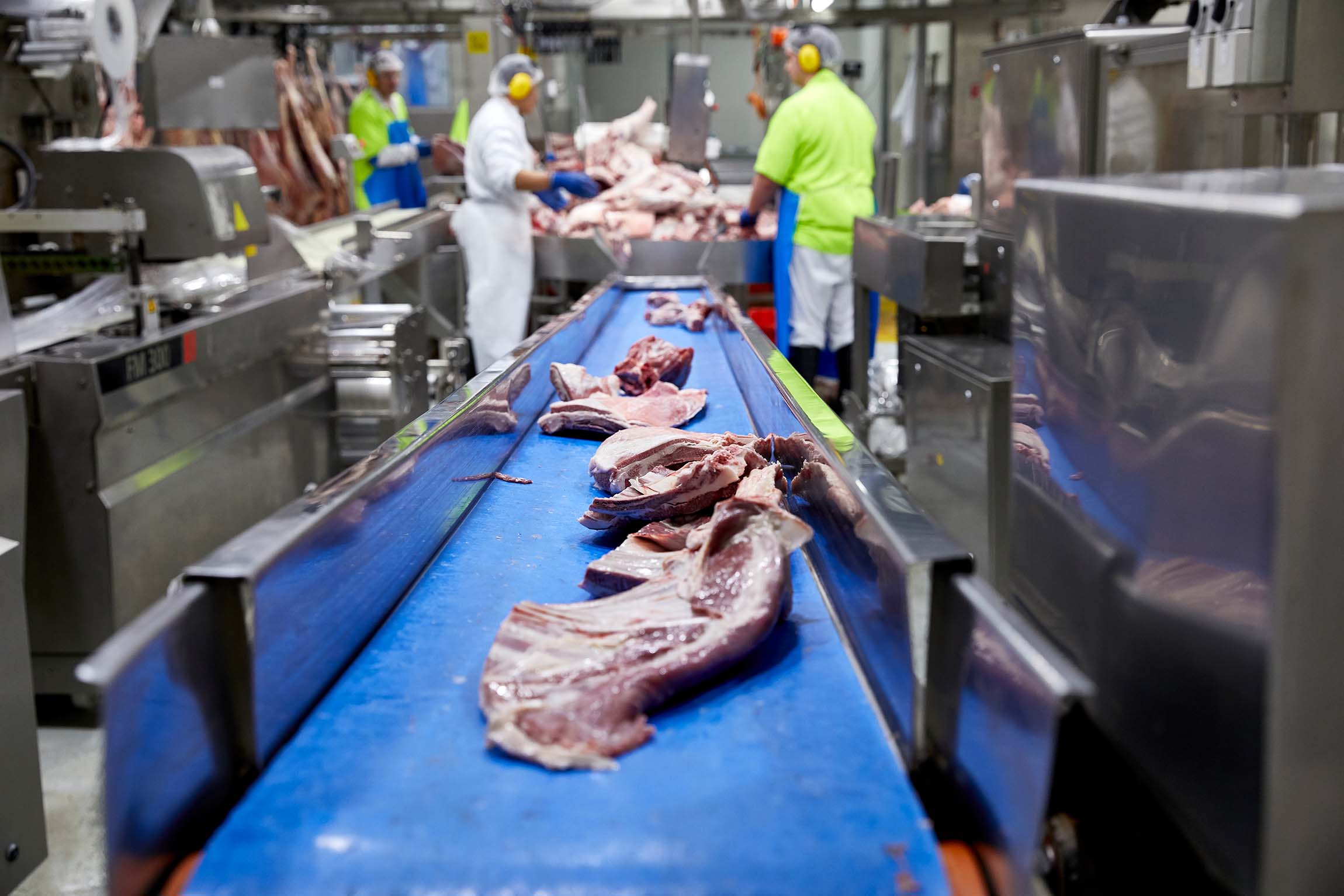
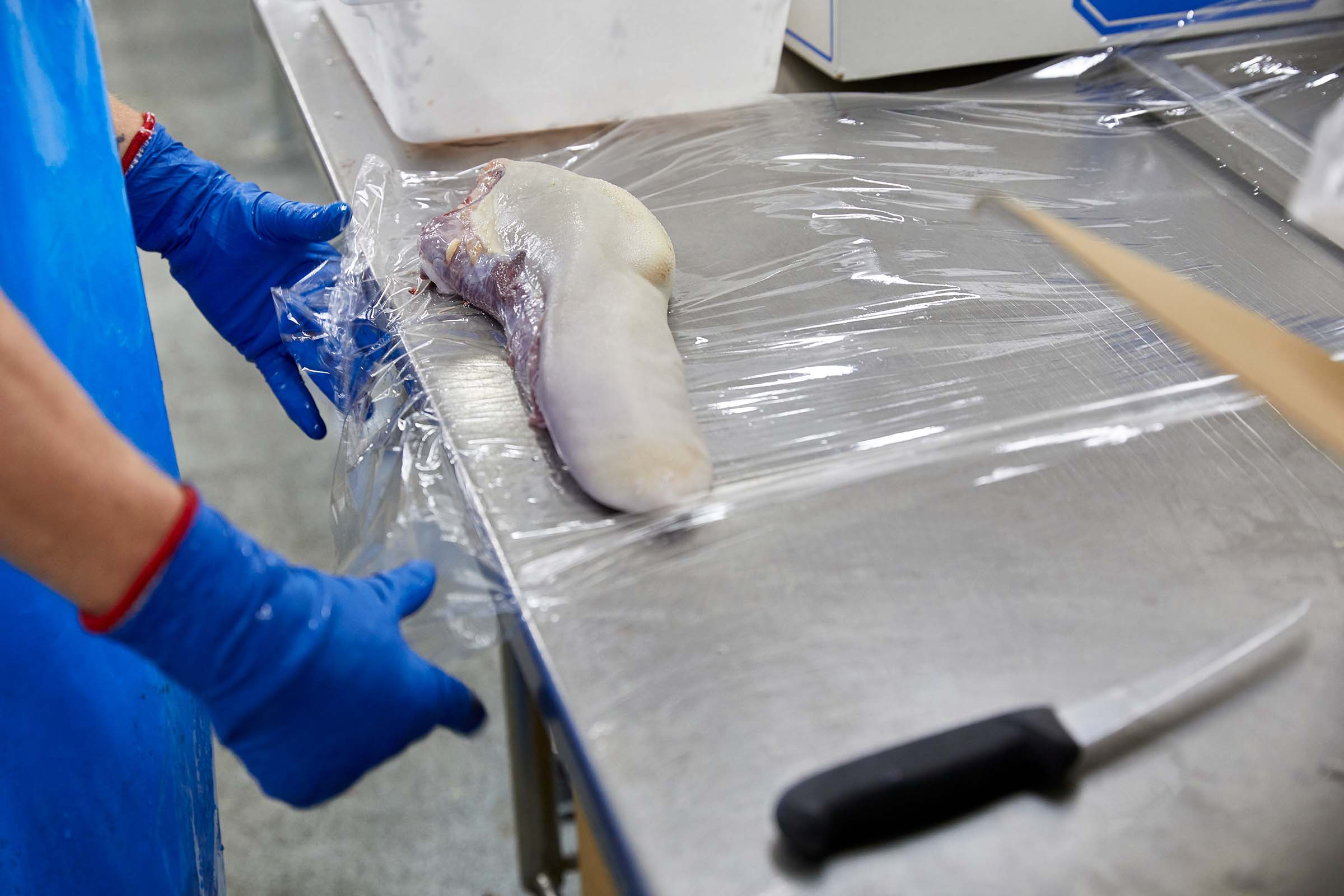
Vacuum packaging removes the oxygen from the bag prior to sealing, so that it creates an anaerobic environment. Oxygen is a required component for the growth of many bacteria, so removing this element can extend the shelf life and improve safety.
After the product has been vacuum packaged, it is stored under refrigerated conditions (generally between -2°C to 0°C) and shipped either by air or by sea to Vietnam.


During the transportation period, the chilled meat undergoes a process referred to as “ageing”. The ageing process breaks down some of the connective tissues which makes the meat more tender.
When it comes to choosing the perfect cut of beef, quality matters. While frozen and hot-bone beef might seem convenient, chilled beef offers a superior taste, texture, and nutritional value.
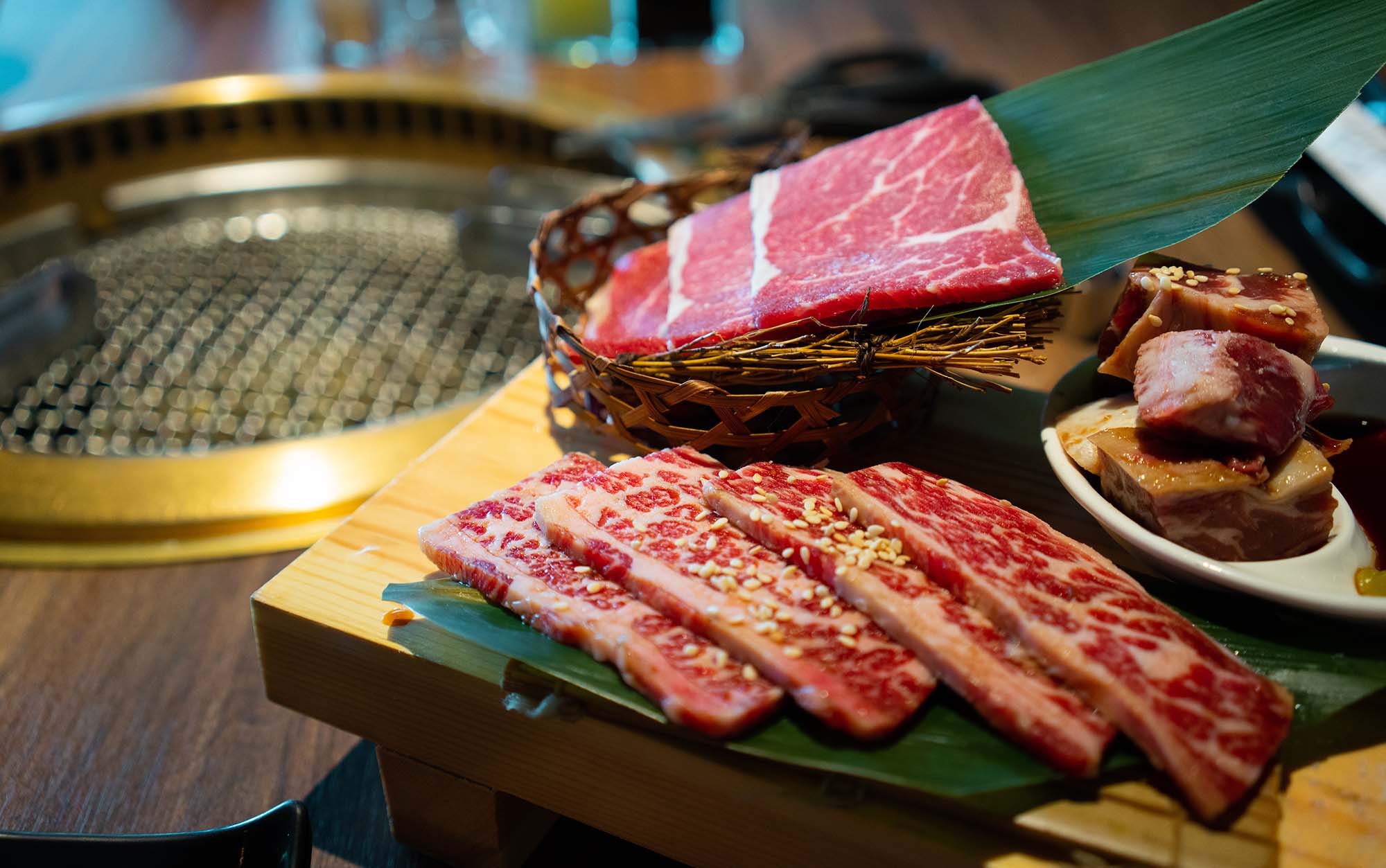
Local fresh beef, processed in Vietnam, has no mandatory requirement to chill the beef, as traditionally, beef is processed, sold, and consumed within a 24-hour period. As local fresh beef has not undergone chilling and is not vacuum packaged, there is a risk of bacteria growth on the meat. Additionally, the beef may be less tender unless consumed pre-rigor mortis, which occurs 6-12 hours after death. The Australian Government and Industry assisted Vietnam in developing chilled beef standards, which are currently voluntary but are being utilised by some businesses.
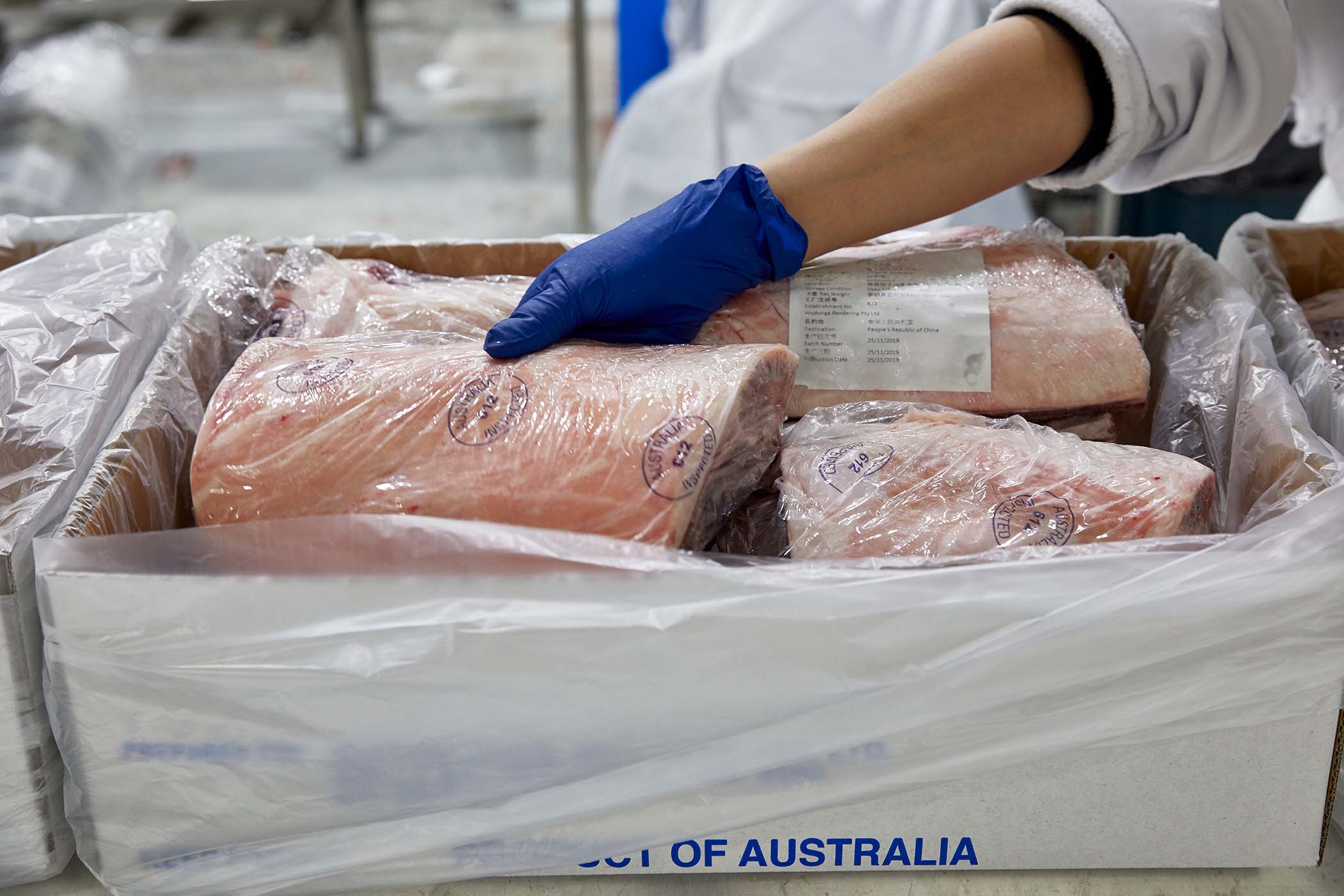
Chilled beef and frozen beef differ in freezing temperature and storage conditions. Chilled beef freezes between -1°C and -2°C, while frozen beef is stored at -18°C. Frozen beef stops cellular activity and bacteria growth, preventing ageing and resulting in similar quality to before freezing. However, freezing water inside the meat can cause ice crystals, damaging the structure and causing moisture loss when defrosted. This can affect the texture and appearance of the beef. Despite these issues, frozen meat offers a long shelf life, with Australian frozen beef and lamb achieving over 3 years of shelf life when stored under frozen conditions.

By choosing chilled Australian beef, you're investing in a safer, higher-quality product that offers superior taste and texture. The rigorous standards and advanced processing techniques used in Australia ensure that you're getting the best possible beef. So, the next time you're at the grocery store, opt for chilled Australian beef and experience the difference.

Curious for a closer look into how we bring chilled Aussie beef to you?
Check out our video below!
What's more, follow the link for a 360° view!
Get more information
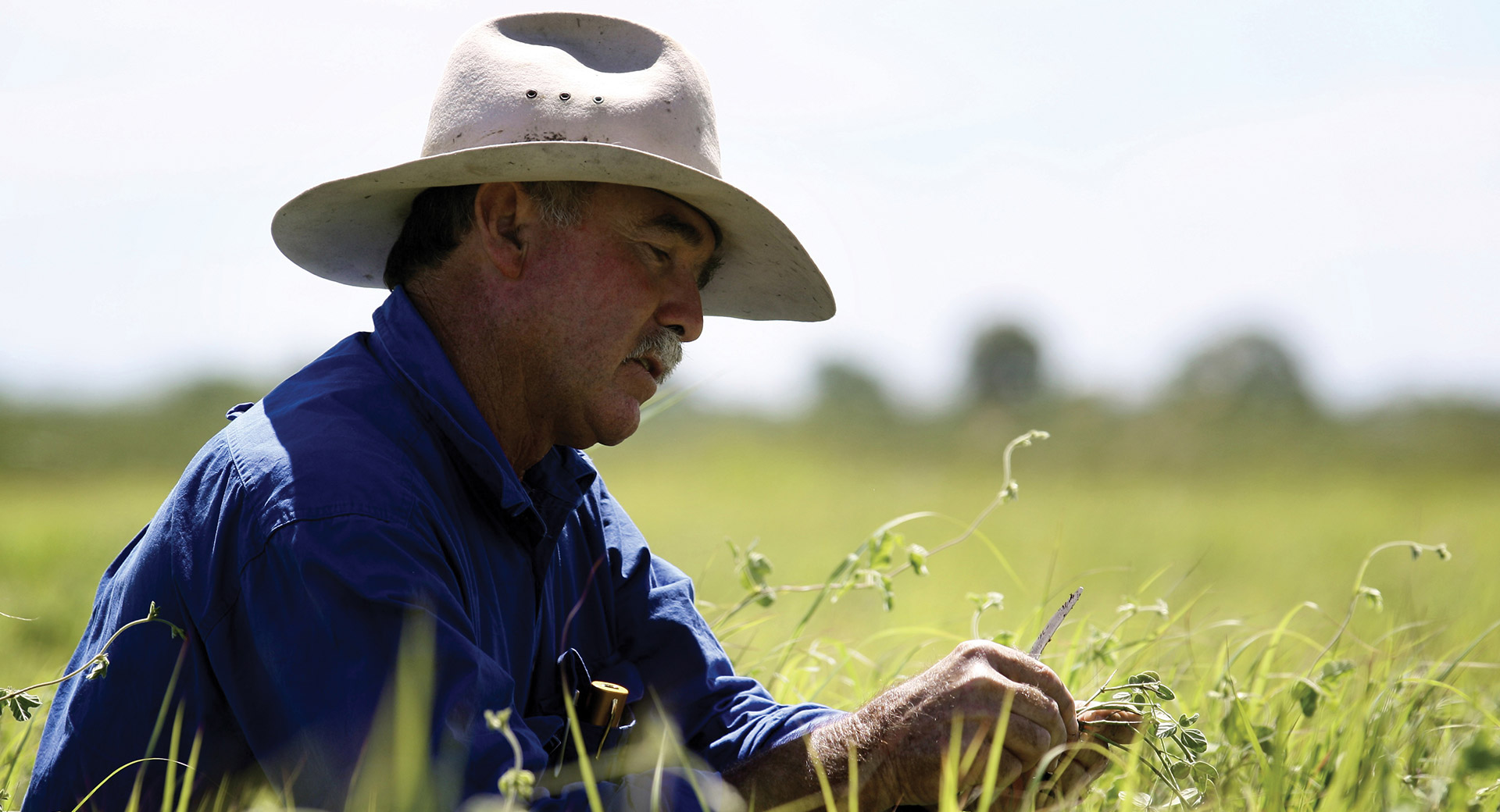
MEAT PREPARATION AND FOOD SAFETY
The safety, quality and integrity of red meat is very importance to the Australian red meat and livestock industry. Strict processes and procedures have been implemented to ensure the integrity of beef, lamb, sheepmeat and goatmeat for consumers and customers alike. Below is an overview of both on-farm and off-farm safety systems in the Australian red meat industry.
Find Out More
